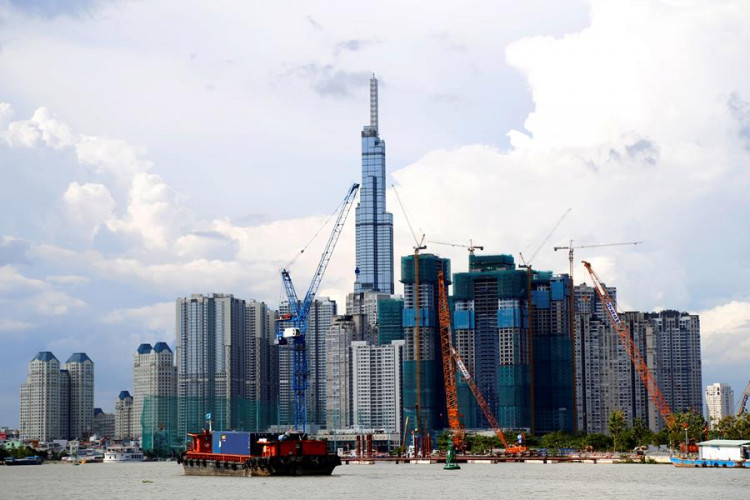Vietnam's export sector is under significant strain.
According to data released by the Vietnam Statistics Office on Saturday, Vietnam's imports fell by 9.9% and exports contracted by 3.5% in July, marking the fifth consecutive month of decline and the longest continuous downturn in 14 years.
Both the global economic slowdown and weak domestic demand have put a damper on Vietnam's exports, which decreased by 10.6% year-on-year in the first seven months of this year, falling to $194.73 billion. Imports during the same period fell by 17.1% to $179.5 billion, leading to a trade surplus of $15.23 billion.
Specifically, smartphones, which serve as Vietnam's biggest export product, saw their export value decrease by 18.3% to $27.8 billion from January to July.
In contrast, the overall inflation rate for Vietnam in July was relatively unchanged from a year ago at 2.06%. Meanwhile, housing prices rose by 1.9% year on year. The core inflation rate, which excludes food, fuel, healthcare, and educational services, rose by 4.1% in July, following a 4.3% rise in June.
The slump in exports has put Vietnam, an economy heavily dependent on trade, at risk of missing its growth target. The Vietnamese government has set a target of 6% to 6.5% annual GDP growth, but the economy slowed to a 3.3% growth rate in the first quarter of this year.
To meet the GDP target, Vietnam needs to take drastic measures. The local government is exploring ways to boost the economy. The central bank of Vietnam is being asked to improve opportunities for businesses to secure loans, while stable inflation could provide space for the central bank to further lower borrowing costs to support businesses.
On Thursday of this week, Vietnamese Prime Minister Pham Minh Chinh urged the central bank to establish measures to improve bank loans by the end of this month. He also called for a reduction in loan interest rates to stimulate commercial activities. The State Bank of Vietnam has already cut interest rates four times this year and has indicated a slowdown in its monetary easing policy.






